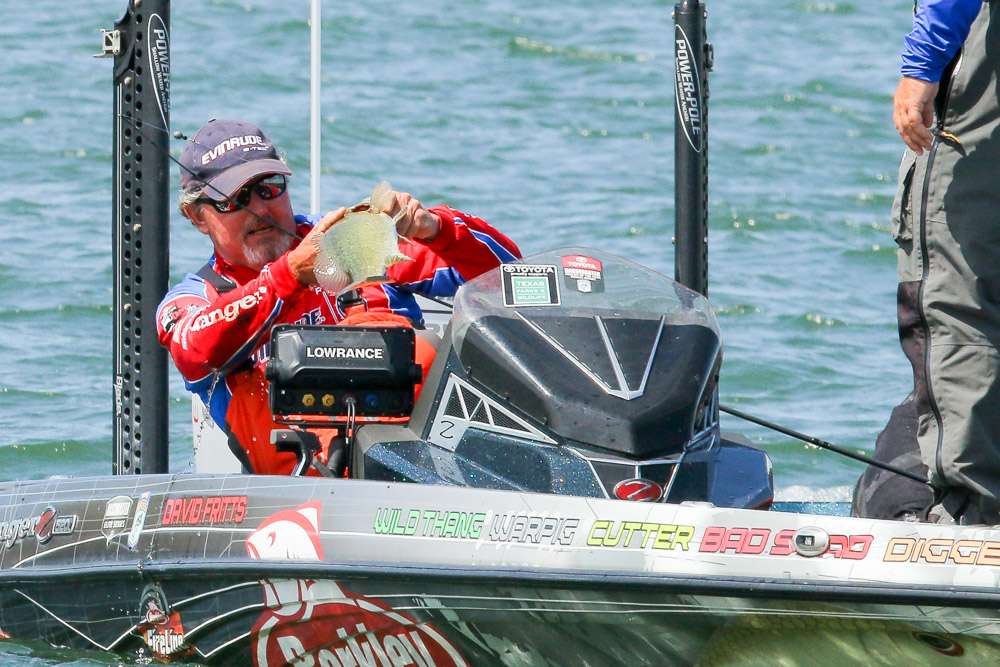
There are three basic materials from which crankbaits are made. Each has its advantages and disadvantages. Here are my thoughts on them…
Wood
A good wood crankbait will catch a lot of bass, especially in the summertime. The problem is that no matter how much you pay for one or what type of wood it’s made out of you’re always taking a chance. Buy a dozen and you’ll get some great ones, some good ones and some that don’t perform the way they should.
This is less of a problem with high-end makers and more of a problem with some — not all — homemade ones, but it’s always there. Wood, by its very nature, is different from one piece to the next even if it comes from the same tree and even if it’s machined exactly the same way. It all has a slightly different density, weight and flotation that’ll affect its performance.
Another problem with them is that it takes a lot of experience to tell a good one from a bad one. The differences are slight in weight, running attitude and vibration. They’re hard to feel and see unless you have a lot of experience with wood.
I’m not telling anyone not to buy a wood crankbait or fish with one. Like I said, a good one is really good in the summer. But, you should be aware of their issues.
Plastic
Most modern crankbaits are made out of different kinds of plastic. Regardless of the type of plastic, though, they all have the same advantages. They’re uniform in weight, running attitude and vibration, and they’re mostly less expensive. They’re also well balanced so they cast right with a bunch of different rods and reels. And, they work exceptionally well with rattles which is an advantage in the spring and in the fall.
The newest ones, like the ones we make at Berkley, also tend to run a little deeper. That’s because we figured out how to make the water flow over the top of the lure. That pushes it down. That’s harder to do than it sounds. It took us a while to figure out how to do that.
Our newest series is called the Berkley Fritts Side. This line of baits is designed to take advantage of the positive aspects of wood — mimic it — but keep the uniformity of plastic. I’m as proud of those crankbaits as I am of almost anything I’ve done during my professional fishing career.
To be honest, however, plastic crankbaits will crack when you throw one into a bridge, a bluff wall or a rock. I wouldn’t call them fragile, though. With reasonable care they’ll last for several seasons. I have some that I fish with regularly and they’re years old.
Composite
Composite baits are made from lots of stuff but the most common material is some kind of compressed foam. It’s the same thing that they make buoys out of and other things that need to float, last a longtime and handle nasty weather. Because of that they’re tough as nails. You can’t hardly damage one no matter what you do to it.
The big disadvantage to composite crankbaits is that a lot of them are made by companies that don’t take the time or make the financial investment to do it right. At the same time, most of them are heavy. That makes them float in a weird way and rise up with a crazy looking, unnatural twist.
There are good ones around, but you have to do lots of research and have a lot of experience to find them. If you’re willing to do that you might find some good ones, and they will catch bass.
That’s my opinion on crankbait materials. Not everyone will agree with me, but at least you’ll have some things to think about the next time you make a purchase. And that, by itself, will make you a better angler.

